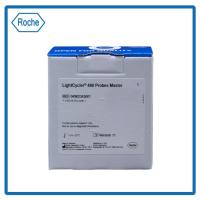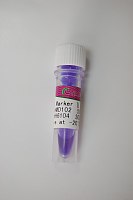The Use of Diethyl Pyrocarbonate and Potassium Permanganate as Probes for Strand Separation and Structural Distortions in DNA
互联网
493
In the search for methods to explore the interaction between proteins and DNA, a plethora of footprinting techniques have been developed, many of which are discussed elsewhere in the present work. Most footprinting techniques are based on the simple premise of specific DNA regions being protected from the reagent by the bound protein or molecule of interest. However, a number of studies over the past decade have revealed remarkable distortion of the DNA molecule, including bending and strand separation, in response to the bound protein. These distortions are often within the classical footprint but are rarely detected by these classical techniques. Thus, their detection requires alternative approaches. Unlike enzymatic methods, the chemical probes diethyl pyrocarbonate (DEPC) and potassium permanganate can access and react with the entire sequence of the DNA, distinguishing DNA distortions “ under the foot” of a typical footprinting experiment. Combining the information obtained from these chemical probing techniques with the spatial information afforded by traditional footprinting gives an in-depth account of the various ways proteins and other molecules interact with DNA.









